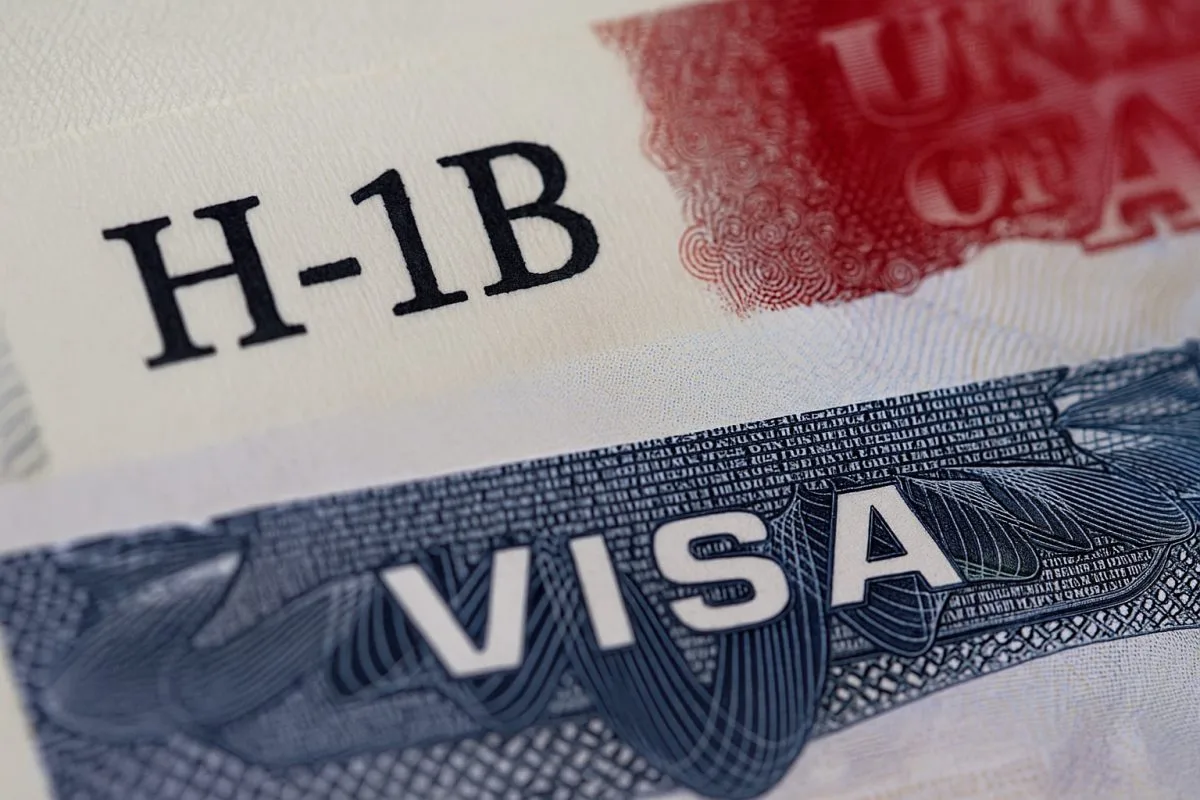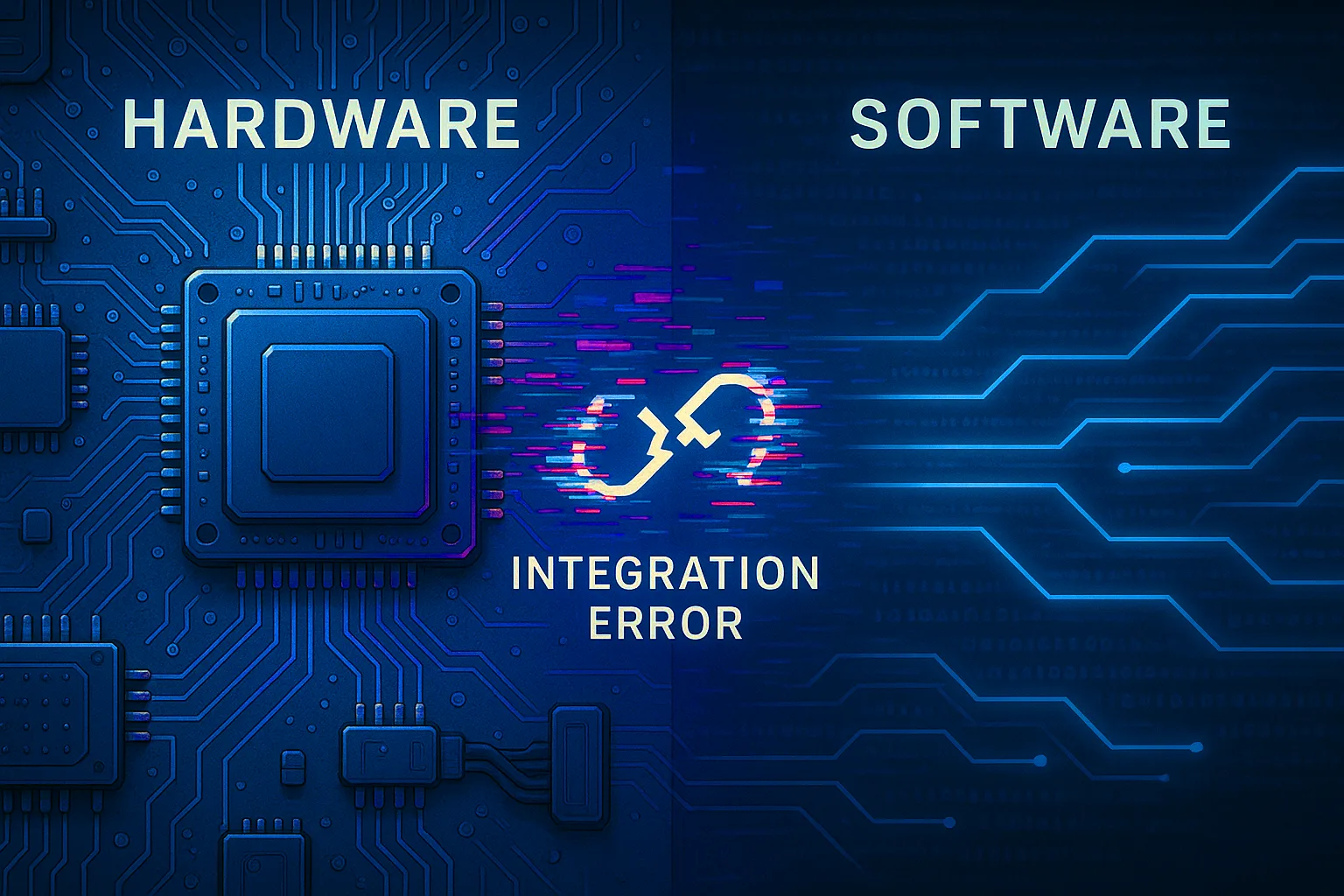You’re considering creating mobile applications for your business, and it’s not just because it sounds cool. The bottom line is you would create a mobile app if you knew it would create more revenue for your business. You can’t build revenue without understanding how apps make money, so here are the primary ways a mobile app generates revenue, directly or indirectly.
1. Mobile Applications Sales and In-app Sales
First and foremost, mobile applications can be sold. There is some kind of app market for each of the major platforms. Apple has the iTunes App Store and Android uses Google Play. In both cases, the app market takes around 30% of your sales. That means for every app that you sell for $1, you receive 70 cents and the app market commission is the other 30 cents. Simple enough. On average, apps tend to sell for between $1 and $2. You will find apps like Tom Tom’s GPS app which sells for $59.99 in the iTunes app store. It’s a great application and I purchased it as one of the first apps when I originally picked up an iPhone. Many apps sell for 99 cents, but there are also exceptions like Tom Tom that pull revenue more from their selling price than from the millions of sales they hope to generate. In-app sales are a new sub-genre of standard selling practices, which have been available for the last several versions of iOS and Android. This presents some new options for making money, but you’re still effectively getting the user to directly purchase items and the app store still takes a 30% commission. In that sense, it’s very similar to selling the app itself.
There are some interesting options presented by in-app purchases though. First, an example of how they work. Angry Birds, is one of the most popular apps available on iPhone and it sells for $0.99 in the app store. However, Angry Birds generates a significant amount of its revenue from in-app purchases. Once inside the game, you may purchase hints, boosts, and extra functionality. Some games offer level packs for sale. Buy the game for $0.99 and pay $2.99 when you are addicted and want to get the next 100 levels, for example. Content providers might sell additional content within their app. Olive Tree Bible Study, for example, is a free app but it allows users to purchase study guides, additional translations, etc. Whether selling the app itself or leveraging in-app purchases to boost your revenue, this is the most direct method for making money from your app. However, it tends to work best with applications that stand well on their own. This wouldn’t be a good model for expanding your market for an online store, for example. The last thing you want to do is charge someone for access to your catalog of products. Clearly, the direct sales model is a great way to make money on some apps, but certainly not suited for others.
2. Mobile Applications Advertising
Advertising is a less direct way to make money from mobile applications than the direct sales model. The advertising model is a good one if you’re going to create an app that will get a lot of usage but that is difficult to charge for. This is one option used by content providers, where users may be less likely to pay for daily articles, but the flood of traffic may be interested in well-targeted advertisements. As in web advertising, there are several models for advertising on mobile. Effectively you can be paid per click or per view for ads. There are native platforms for advertising as well as 3rd party solutions and it really just depends on your particular app as to the right way to go. Ask yourself, “How can I present ads in a way that interests my users without detracting from the overall experience of the app?” As you can see, advertising on mobile closely resembles the experience on the web. Mobile applications still need to stand on their own to generate revenue this way. Additionally, and not unlike the web, you will need to drive a lot of traffic to create a significant revenue stream from advertising.
3. Hidden Revenue from Marketing
Marketing is one of the fastest-growing methods to make money from mobile applications. Here, we’re talking about an app that you would give away and not sell advertising. The purpose of the app is to bring interest, recognition, and excitement to your brand or product. This is clearly different from the first two methods we discussed because it is much less direct and requires an existing business. However, for those with an existing business, this is often the most significant method for generating revenue through mobile apps. One of my favorite examples of this is with takeout restaurants. Several restaurants have their own apps now, and they certainly wouldn’t sell them. You can download the app for free, sign up with an account and maybe even add a credit card. Now, when you want to order a burrito, you just open the appropriate app and swing by the restaurant in a few minutes to pick up your order.
Frankly, I don’t understand why every restaurant in the country doesn’t have its own app for this yet. There was a famous marketing campaign in Hong Kong that required users to download a free app from Coke-a-cola and use it to interact with a television ad. What a unique concept! They managed to create an exciting user experience that extended their television marketing campaign and generated a lot of powerful marketing for Coke. Marketing on mobile is a blue ocean for exploring at this point. Obviously, this doesn’t work well as a standalone app trying to make money, but for existing businesses, this is a very important marketing stream that can’t be ignored. This isn’t the market of “I have this great idea for an app”, but experienced marketers are salivating over the potential still on the table for mobile marketing.
Be sure to check out my article “Mobile apps: 5 ways to know if your business needs one”!





